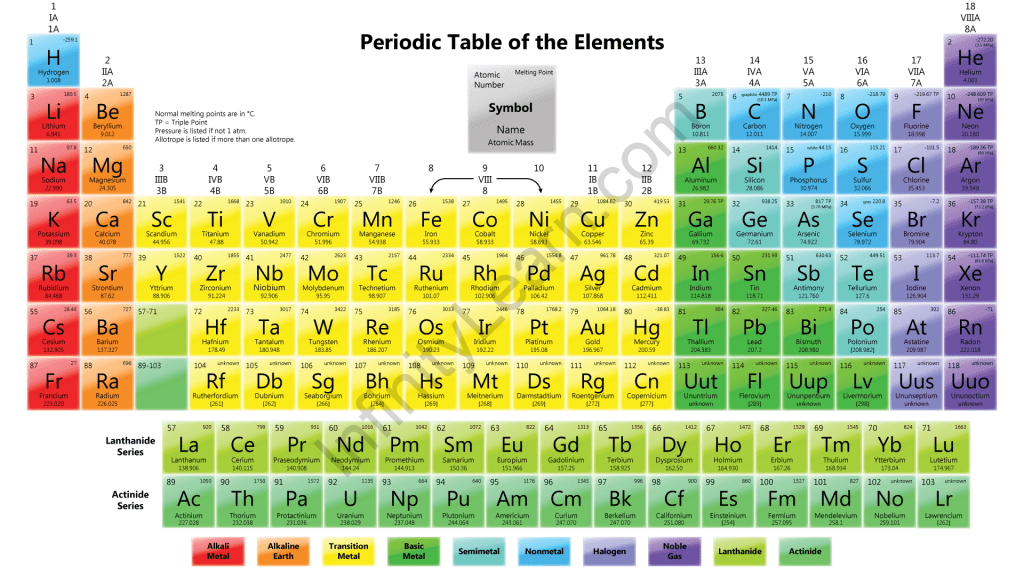Table of Contents

Boron, aluminum, gallium, indium, and thallium are members of Group 13, sometimes known as the P block elements. The P block elements, also known as Group 13 elements, are covered in depth in unit 11 of the NCERT book for class 11 chemistry. This chapter is crucial to study since it covers the important P block elements that form the chemistry foundation. These elements are part of the periodic table, so students should understand them well.
Students will be able to understand the general trends in the chemistry of P block elements, the physical and chemical properties of Group 13 and 14 elements, the anomalous behaviour of boron and carbon, carbon and its allotropic forms, the chemistry of the various compounds of carbon, boron, and silicon, and finally, they will be able to understand the chemistry of the various compounds of carbon, boron, and silicon after reading Infinity Learn’s study notes on P block elements or block 13 elements.
What are the elements of Group 13?
The group 13 elements are the first in the periodic table’s p-block. The boron family includes all of group 13’s elements. The periodic table is divided into four blocks: s, p, d, and f. This segregation is based on the valence electron; if the valence electron falls on the p subshell, the valence electron is assigned to the p-block, and so on. The ns2 np1 electrical arrangement for group 13 elements is the most common.
The Inert Pair Effect and the Oxidation States
The oxidation states of group 13 elements are +3 and +1, respectively. The inert pair effect, which is the lack of the s-orbital during chemical bonding due to insufficient shielding of the intervening electrons, explains why the tendency to create +1 ions rises as we advance down the group. Indium and Thallium, for example, have electrons filling their d and f orbitals. The nuclear charge that seeps through the d and f orbitals draws the s orbital closer to the nucleus because the d and f orbitals have poor shielding capacities. As a result, the s orbital is hesitant to bind, leaving just the p electrons to bond.
Elements in Group 13 have a covalent character.
Group 13 elements generate covalent compounds for three reasons.
- The rule of Fajan can be applied. The smaller the cation, the higher the covalence.
- Their ionization enthalpies are quite high, making synthesizing ionic compounds problematic.
- Compound creation would not result in a bigger electronegativity differential because they have higher electronegativities.
The Reason for Boron’s Abnormal Behavior
For the following reasons, boron acts differently than the other elements in group 13.
- It’s a tiny little thing.
- Its ionization enthalpy is exceptionally high.
- It has a strong electronegativity due to its small size—the lack of d-orbital in the valence shell.
Group 13 Elements Physical Properties
- Radii of Atoms and Ions:
Group 13 elements’ atomic radii are smaller than those of group 2 elements. The effective nuclear charge increases, causing the atom’s size to shrink. The atomic and ionic radii drop as the group progresses due to the inclusion of a new shell. However, when switching from Aluminium (143 pm) to Gallium, there is a difference (135 pm). Gallium is smaller than Aluminium because of its poor shielding of the intervening d-orbitals. - The energy of Ionization:
Ionization Enthalpy numbers do not drop gradually as you progress through the group. From Boron to Aluminium, the Ionization Enthalpy increases as expected. From Aluminium to Gallium, however, the Ionization Enthalpy increases slightly. The first ionization enthalpy of Thallium is higher than that of Aluminium. The poor shielding of the d and f orbitals causes this pattern. - Electronegativity:
From B to Al, the electronegativity falls, then increases slightly from Aluminium to Tl. This is due to the intervening d and f orbitals’ inadequate shielding. - Electropositivity:
The inverse of electronegativity should be the predicted trend. The metallic aspect grows somewhat from B to Al, then drops slightly from Al to Tl. This is owing to the extraordinarily high Ionization Enthalpy of group 13—furthermore, the lower the ionization enthalpy, the larger the ion. As a result, aluminum is the metal with the most metallic properties. The usual reduction potentials can be used to explain this further. - Characteristics of Acid-Base:
As you progress down the group, the acidic character of the elements reduces while the basic character grows. - The energy of Ionization:
The values of Ionization Enthalpy do not drop gradually as you progress through the group. The Ionization Enthalpy increases from Boron to Aluminium, as expected. The Ionization Enthalpy increases somewhat from Aluminium to Gallium. Thallium has a higher initial ionization enthalpy than Aluminium. The poor shielding of the d and f orbitals is the cause of this trend. Due to poor d shielding, Gallium is smaller than Aluminium; IE1 of Aluminium is smaller than IE1 of Gallium. Similarly, Thallium has intervening f orbitals that are ineffective at shielding, increasing Thallium’s IE1.
FAQs
What is the oxygen reactivity of group 13 elements?
The reactivity of group 13 elements to oxygen increases as they progress through the group. Boron, in its crystalline form, is non-reactive with oxygen. When finely divided amorphous boron is heated, it interacts with oxygen to generate B 2 O 3. Aluminum should react with air thermodynamically. However, it is stable.
What is the distinction between Groups 13 and 1?
Group 13 elements are less electropositive and metallic than alkali (group 1) and alkaline earth metals (group 2). v. Electronegativity: Boron elements (group 13) are more electronegative than alkali metals (group 1) and alkaline earth metals (group 1). (group 2).



